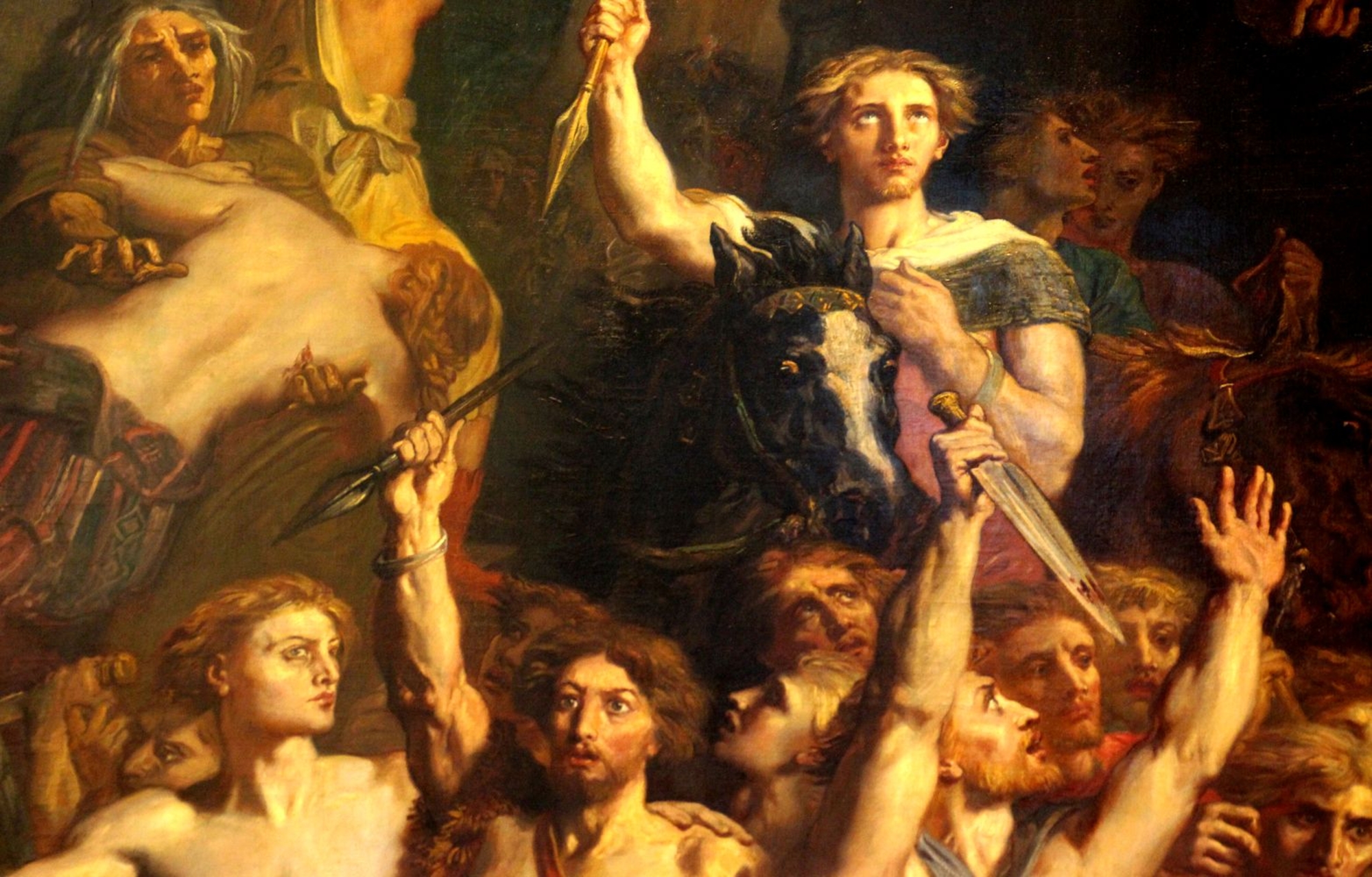- Home
- Society and power
- The statues
- Location of the fragments
Distribution of the main discovery points on the Entremont site since 1817.
1817: The discovery of blocks decorated in bas-relief was a determining factor in bringing this site to the attention of historians and archaeologists. The ensemble of “cut” heads discovered on the plateau by Alfred d’Aubergue in 1877 emphasized the exceptional nature of the site.
1943: Several hundreds of fragments were found during construction on the site by the occupation army. They originated from statues that were purposefully broken and reused in the construction of the foundation (radier) of the access road into the Protohistoric settlement.
Between 1946 and 1956: Other elements were excavated from this same road.
1974: Other elements are discovered further inside the agglomeration during work on this same road.
1950: Other dispersed fragments are noted in the area of settlement 1.
In total, several dozen fragments of life-size statues of men, women and adolescents have been inventoried. Unfortunately, it has not been possible to fully reconstruct any one of them. The difficulty of associating different body parts (such as heads and trunks) has prevented reconstructions sufficient for the development of a typology of the representations of the different components of the ruling class.
We must thus exercise caution in our interpretation of seated figures (women on low seats) or seated men holding a symbol of their power in the right hand. What type of head completed the body of the seated heroes accompanied by human trophies?
The bas-relief and in the round sculptures were made from a fine white limestone that originated in part from an area near Célony. Meanwhile, there are clearly perceptible differences in the origins of the stone used, which is a certain indication of different teams and/or successive periods. Traces of the polychrome colors with which these sculptures were painted are sometimes preserved.

